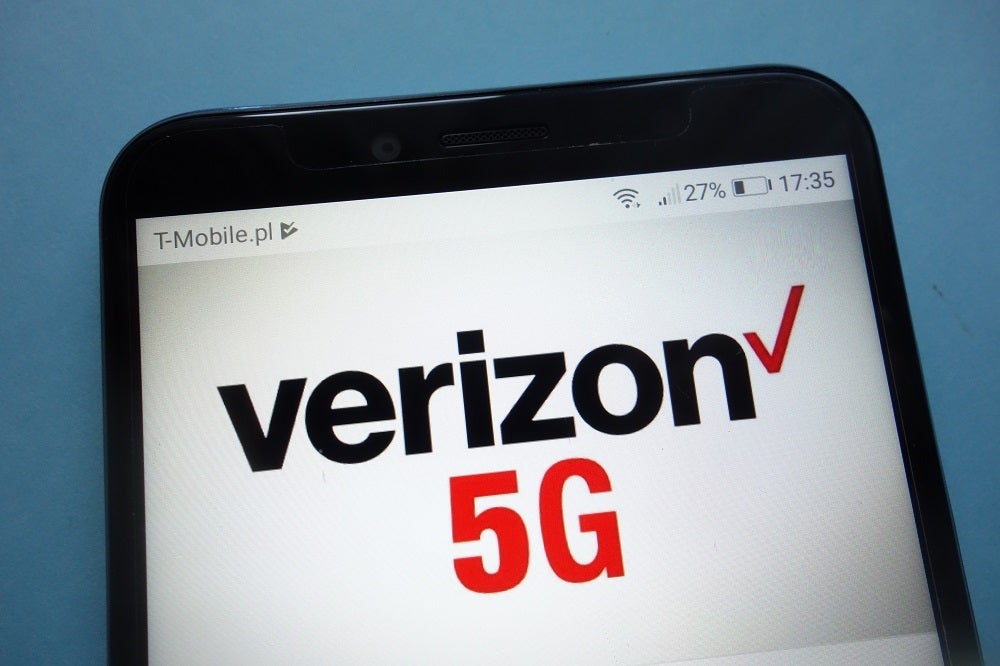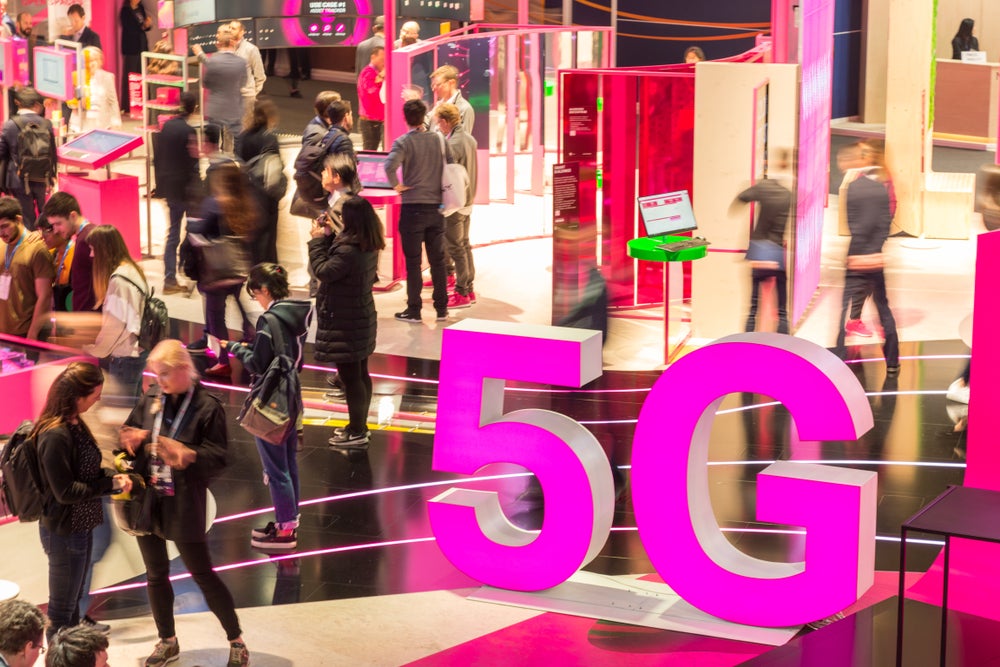
US operator Verizon announced in December it has already exceeded its previously announced 2021 target of building 14,000 ‘5G Ultra Wideband’ cell sites using so-called millimetre wave (mmWave) spectrum. However, the company also left a clear signal to the industry that it is ready to devote more attention to providing 5G in mid-band spectrum in 2022 and beyond.
To be sure, the company’s ability to follow through on its 2021 mmWave plan is significant. mmWave has enabled Verizon to introduce its ‘5G Home’ fixed wireless Internet service to – in its words – ‘parts of 65 cities and its ‘5G Business Internet’ package to parts of 62 cities’, including Los Angeles, Chicago, and Atlanta.
Verizon’s mmWave investment has also shown clear results, including a reported 750% increase in data usage in 5G fixed wireless service and a threefold increase in 5G Business Internet-servable markets (both compared to relatively small 2020 bases). And Verizon customers served by 5G fixed wireless consumed as much data as traditional fixed fibre customers on Verizon’s FIOS service.
The challenge, of course, is in the words “parts of.” mmWave offers off-the-charts performance capabilities, but only in limited coverage areas that have largely been limited to busy downtown areas or stadiums and other venues. That and challenges in penetrating wireless signals through walls and into indoor areas have significantly limited the impact that mmWave has had on 5G deployments thus far.
However, Verizon is also clearly signalling that its future efforts are likely to focus on a mid-band spectrum that offers significant performance improvements compared to LTE (though not nearly as significant as mmWave spectrum) but across a vastly increased footprint. Verizon emerged as the biggest bidder by far in the FCC’s auction of mid-band ‘C-band’ spectrum that wrapped in February 2021, offering a total of $45 billion in gross bids – more than double AT&T and far greater than any other C-band spectrum winners.
The big C-band spend was – in addition to hedging of bets in response to ongoing propagation challenges of mmWave – a clear reflection of the value that most mobile operators expect mid-band spectrum to play in emerging 5G architectures. Often described as the ‘sweet spot’ in 5G, the mid-band spectrum offers a combination of speed and latency capabilities that can support a multitude of enterprise and consumer case scenarios, across a footprint that covers urban and suburban markets that collectively encompass the vast majority of likely customers, both consumer and enterprise.
How well do you really know your competitors?
Access the most comprehensive Company Profiles on the market, powered by GlobalData. Save hours of research. Gain competitive edge.

Thank you!
Your download email will arrive shortly
Not ready to buy yet? Download a free sample
We are confident about the unique quality of our Company Profiles. However, we want you to make the most beneficial decision for your business, so we offer a free sample that you can download by submitting the below form
By GlobalDataNetwork equipment vendors have responded to the increasing demand for mid-band by expanding their mid-band-focused radio portfolios. Huawei, Ericsson, Nokia, and Samsung have all focused on making mid-band operations more efficient through products introduced in 2021 in preparation for a proliferation of 5G mid-band deployments in the US and elsewhere over the next few years.
In the case of Verizon, that expansion should reach 100 million people by the end of Q1 2022 using the C-band spectrum.






Related Company Profiles
Nokia Corp